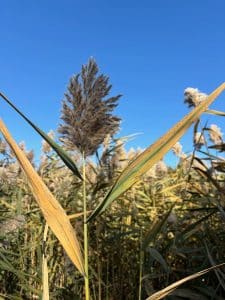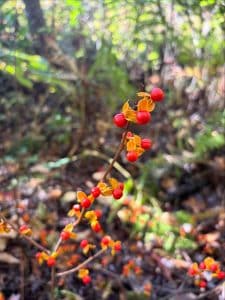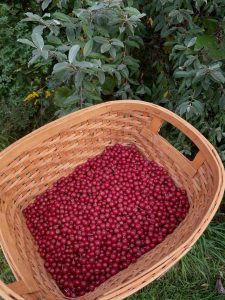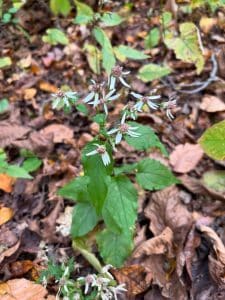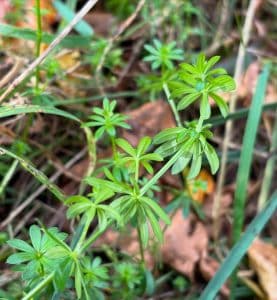Page Created by Connecticut Foraging Club
Upcoming Events | Meet the Instructors | Plant Archive | Mushroom Archive
----------------
Upcoming Events | Meet the Instructors | Plant Archive | Mushroom Archive
----------------
Dyer’s Polypore (Phaeolus schweinitzii) is a pathogenic polypore that causes butt rot on conifers.
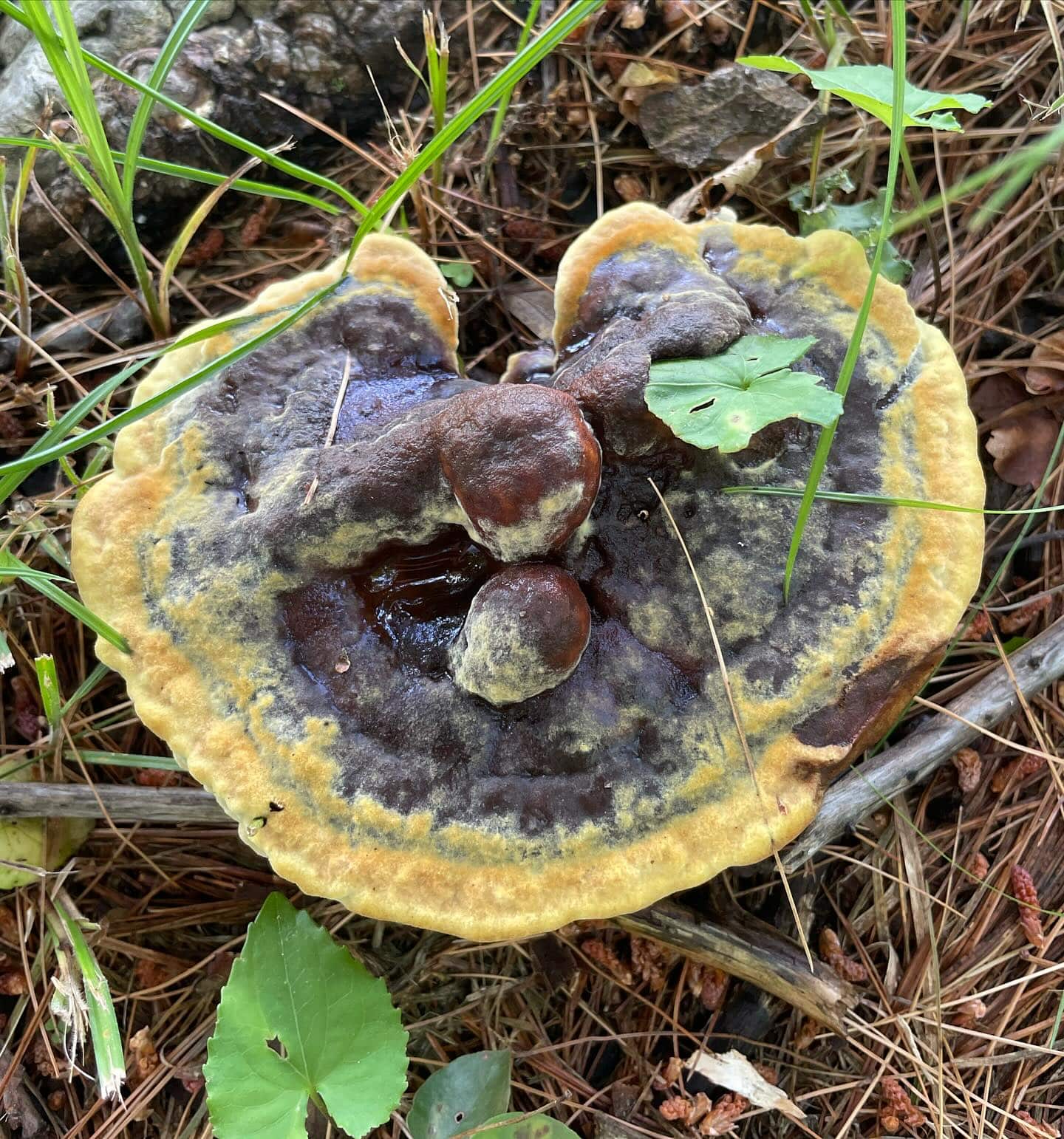
The mushroom can be found summer-fall on the roots of conifer trees.
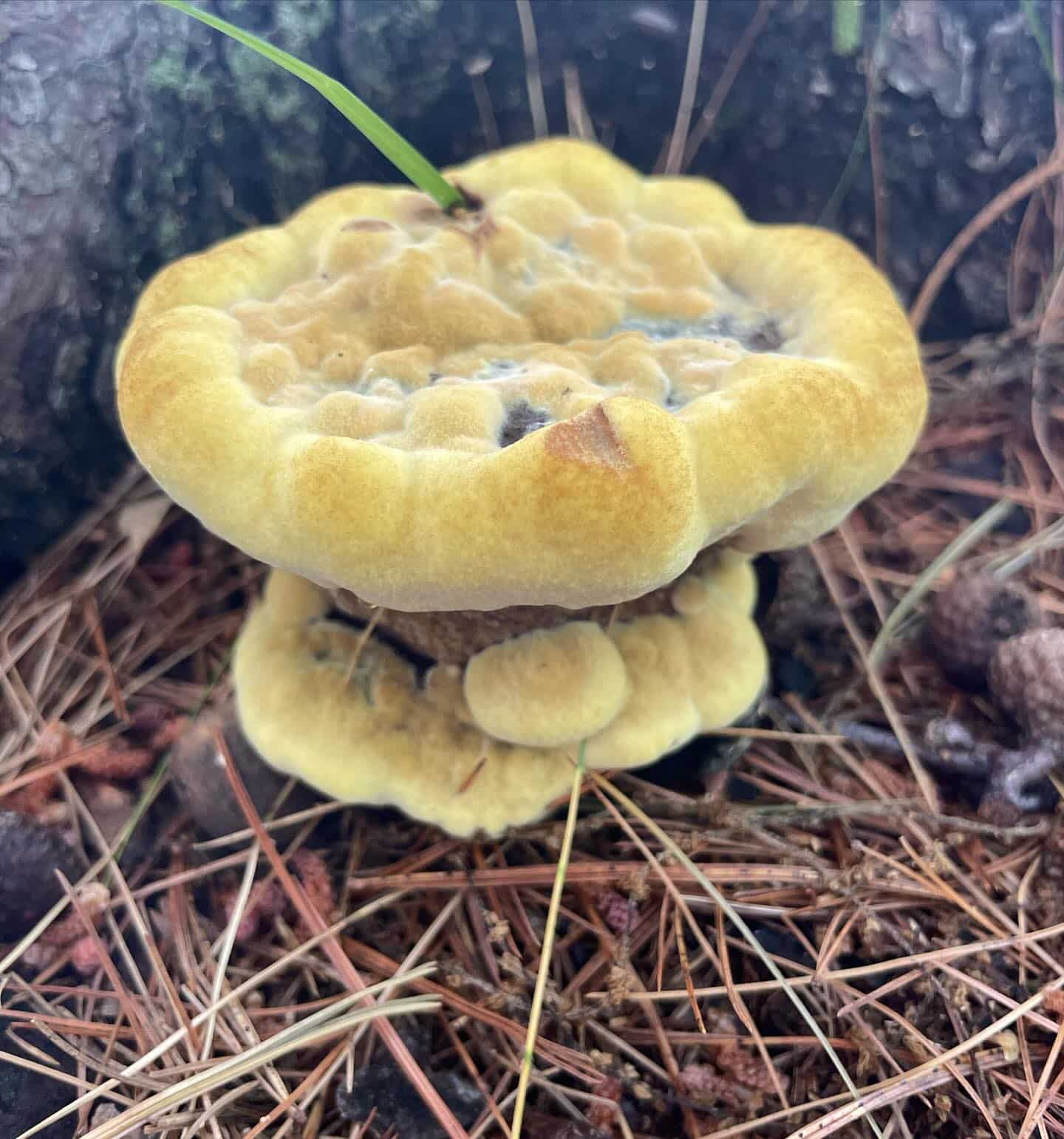
The mushroom is composed of multiple circular caps. The caps are densely hairy, giving the mushroom a velvety appearance. The caps start yellowish and become brownish with age. The caps stain brown when touched.
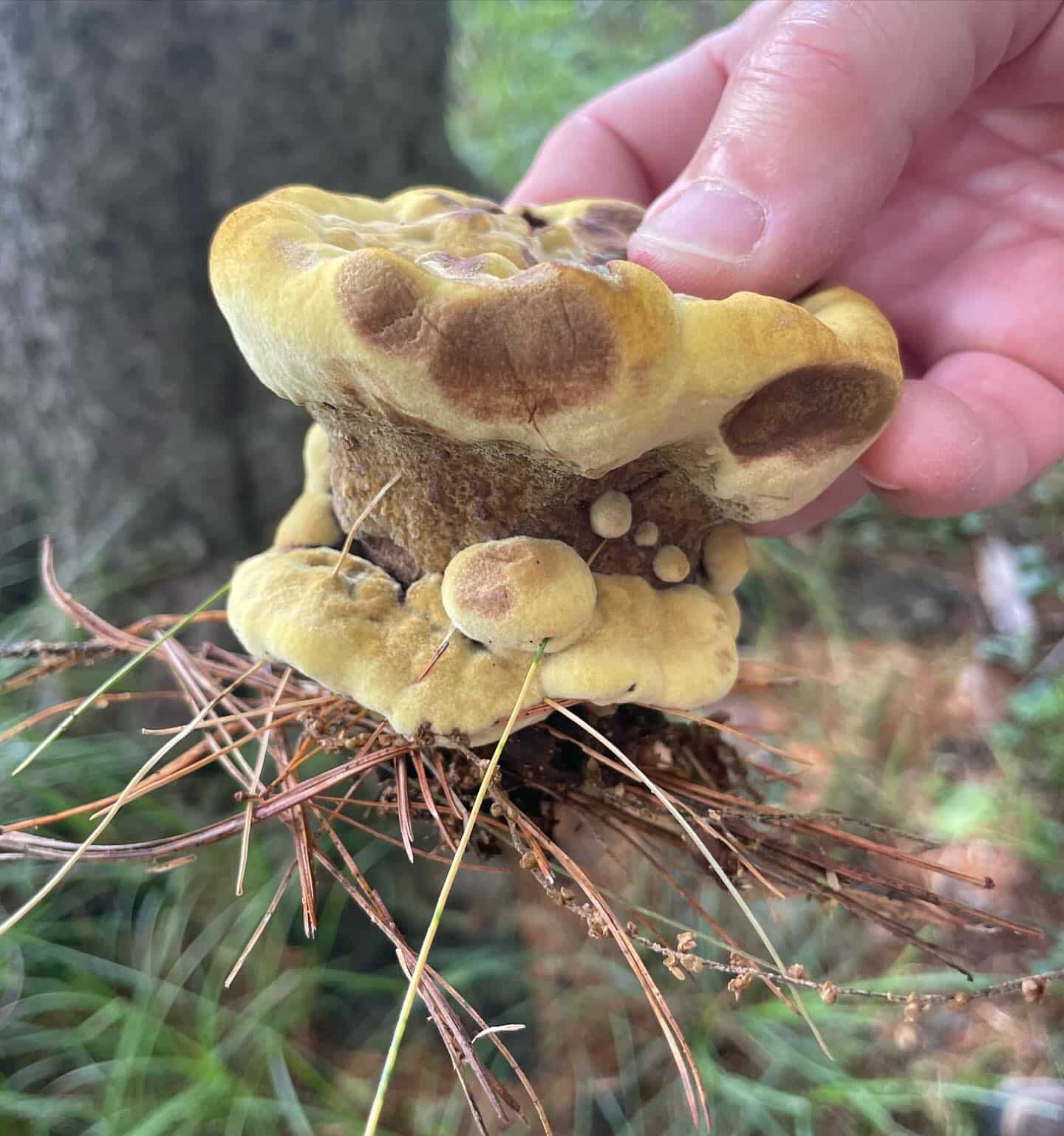
The pore surface starts yellow, turning brown with age. Spore print is whitish or yellowish.
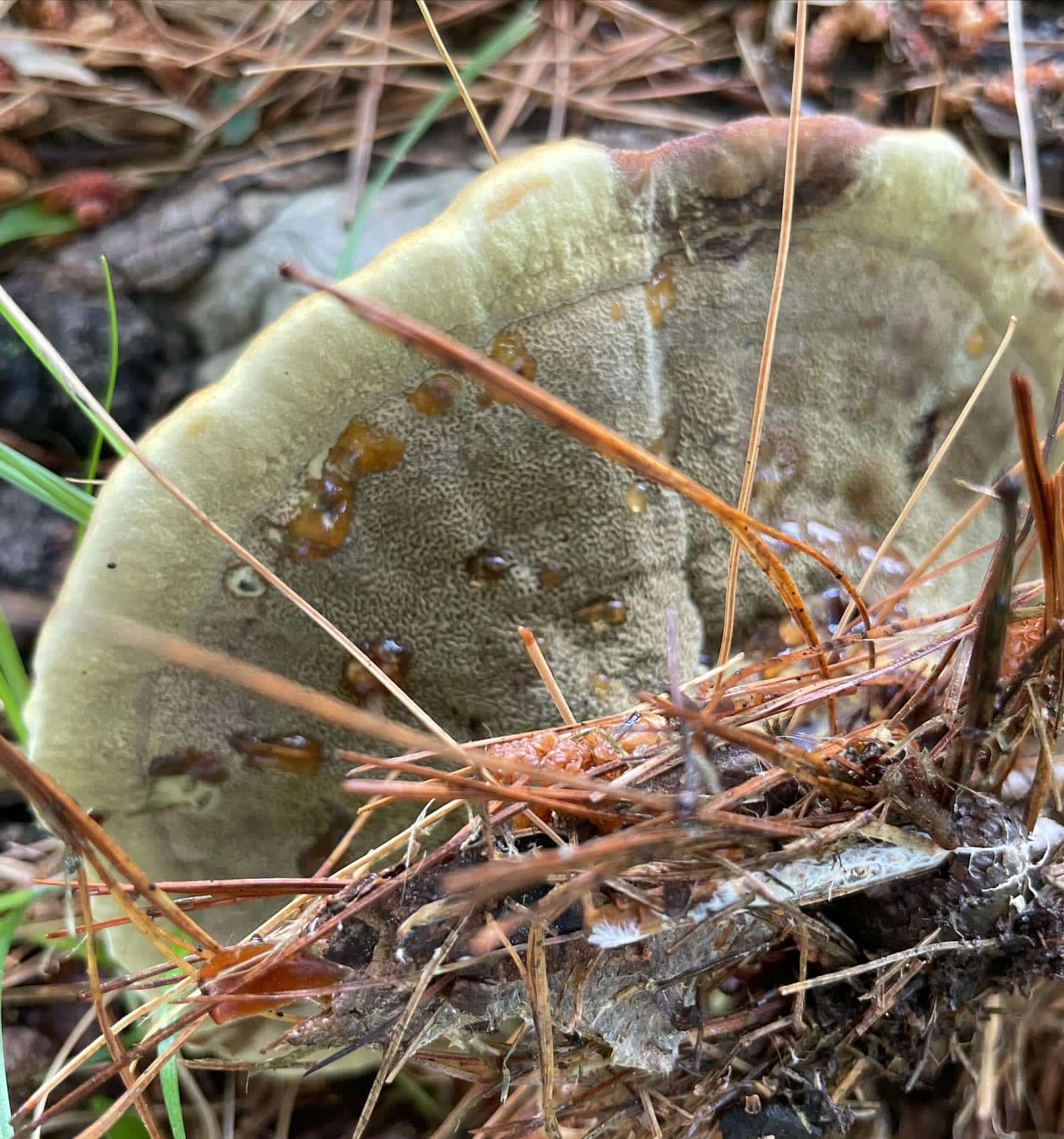
The mushroom is inedible and bitter, but it is non-toxic. Dyer’s polypore is a great source of natural dye. It can produce green, gold, or brown dye, depending on the mordant and material.
--
Written by Amy Demers, founder of the Connecticut Foraging Club. To learn more about foraging in Connecticut, check out our upcoming classes.


